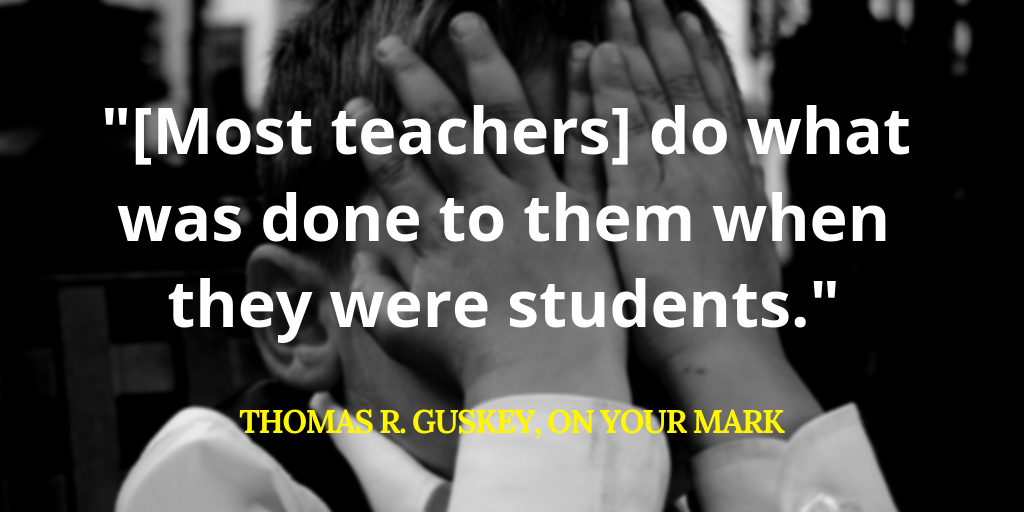Why do we so often repeat the past? For me, it comes down to comfort. The times I challenge myself to look into a new approach is usually when I hit crisis, meaning “the way I currently behave is no longer working.”
In a previous post, I chronicled the biggest crisis of my career: I almost left the classroom. Essentially, leading up to this crisis, the way I was conducting myself appeared to be “working.” Then, seemingly instantaneously, what I thought was working didn’t work any more.
In that situation, I was confronted with reality, and I either had to change or quit. There was no going back. But there have been other moments in my career where I have stepped back and taken a closer look at what I was doing and asked myself, “Is there a better way to do this?” Continue reading “Overcoming Pedagogical Repetition Compulsion”





